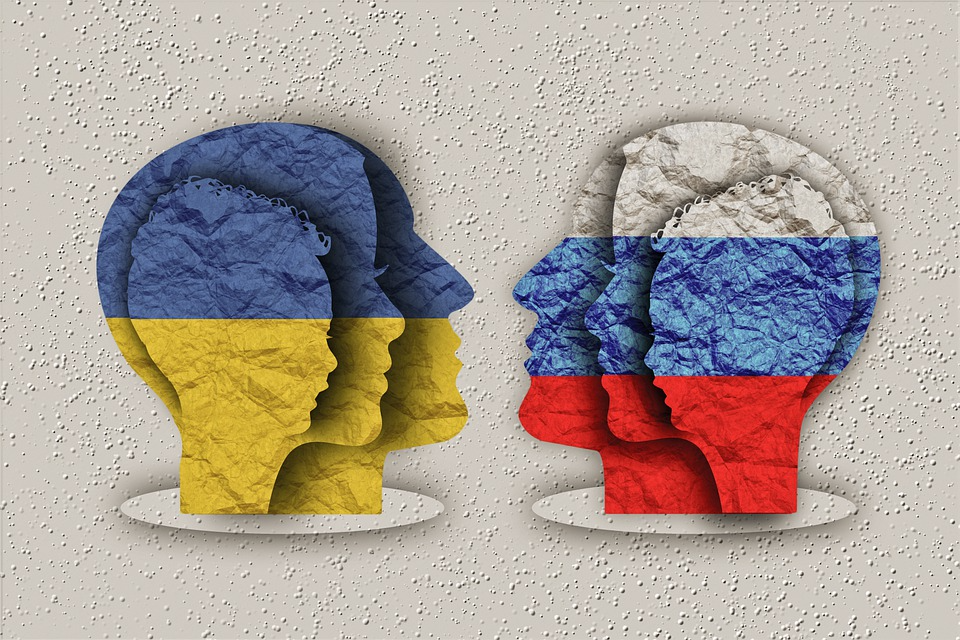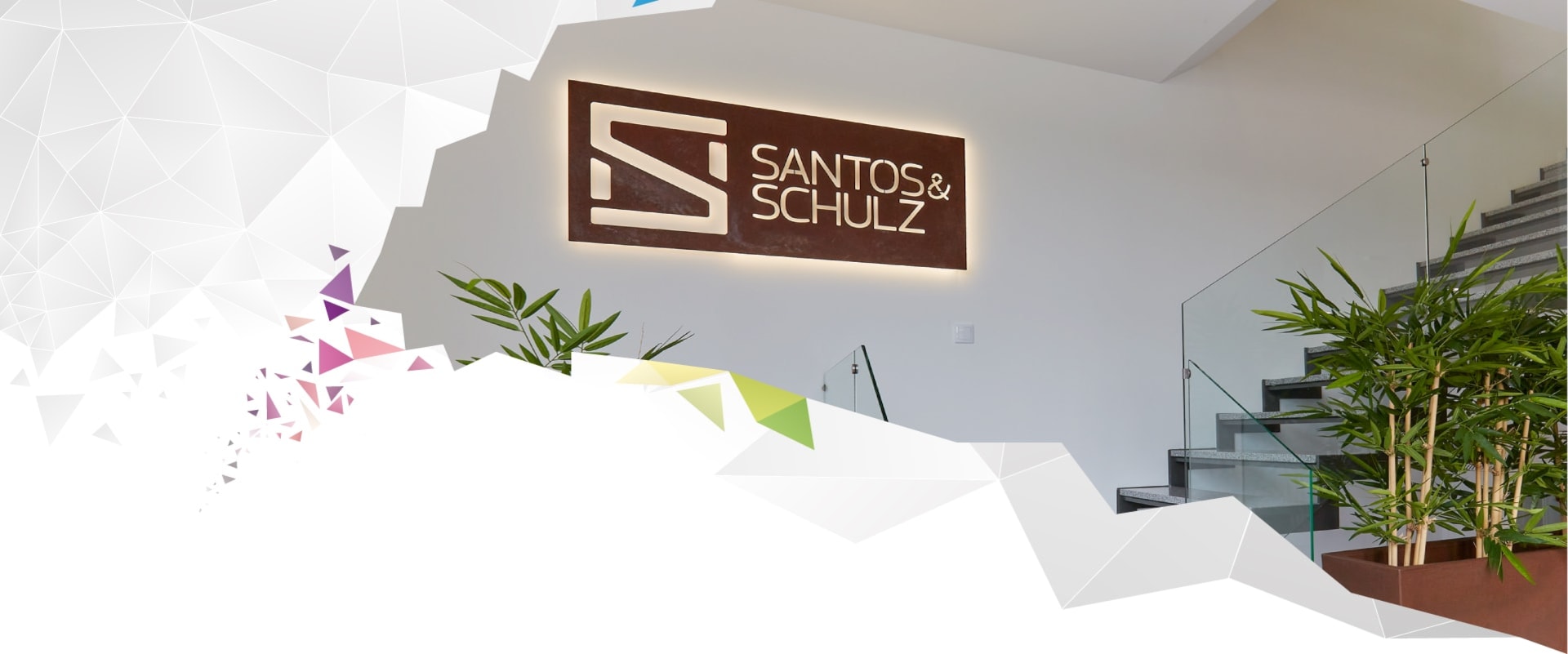How does the war in Ukraine affect the injection molding sector?

Like many others, the mold sector entered 2020 in an unstable and uncertain period due to COVID-19. These two years had already been exceptionally difficult, but the invasion of Ukraine has only added fuel to the fire and, after 84 days of war, its direct and indirect repercussions have exacerbated the problems caused by the pandemic as well as adding new ones.
Aside from the terrible humanitarian crisis that any armed conflict causes, these are, the 5 areas that we could say have been most affected by the war.
- Energy
- Food
- Transportation
- Metals
- Microchip
“Except for food”, the other 4 areas are essential in the injection molding sector and are the ones that receive the most focus, from professionals, when analyzing the current situation.
In an industrial area based on Steel, the situation between leading countries in world iron productions (Russia and Ukraine) is simply critical, since it exacerbates a pre-existing problem due to the pandemic in relation to the trafficking of raw materials that was fiercely hitting the world. In addition, the price of energy has been affected because of the dependence on Russian oil and gas, directly affecting a sector that consumes a large amount of energy in the handling of steel, its manufacture, and its transport, substantially increasing the cost.
In short, far from restoring the flow of goods to pre-pandemic levels, the war once again complicates transport logistics, disabling railways throughout Ukraine, as well as the Black Sea maritime routes.
Both the raw material (steel) and the finished product (molds) are complex goods to transport due to their high tonnage and the problems in maritime and rail transport affects sector more strongly, since the possible solutions make so expensive all the project and turn it non-viable.
And to finish it off, there is the issue of microchips that literally paralyzed the automotive sector during the pandemic, now we find that Russia and Ukraine are key exporters of palladium, neon and platinum that “coincidentally” are critical materials in the manufacture of microchips. To give us an idea, 90% of the neon used in the lithography of the chips is of Russian origin a 60% of this purified by a company located in Odessa, on the shores of the Black Sea and one of the most affected points of the conflict.
A reality that does not exactly invite optimism since the automotive industry is one of the fundamental pillars of the mold sector.
This situation results in instability and uncertainty in our market, since the sector is immersed in a continuous change in prices and delivery times, making the relationship with customers and suppliers extremely difficult, even cancelling, postponing, or modifying entire projects.
How does the war in Ukraine affect the injection molding sector?
I guess the answer has become clear and we have only scratched the surface. However, this is the reality of today and there seems to be no clear horizon. Times of great change await us, which forces us once again to reinvent ourselves and find solutions, just what mold manufacturing is all about and what we know how to do best.
At Santos & Schulz we will continue working to be at the forefront of the sector and to be able to provide our clients with solutions at the level of mold manufacturing, which allow us to cover the needs of always and those that may arise in the future.


